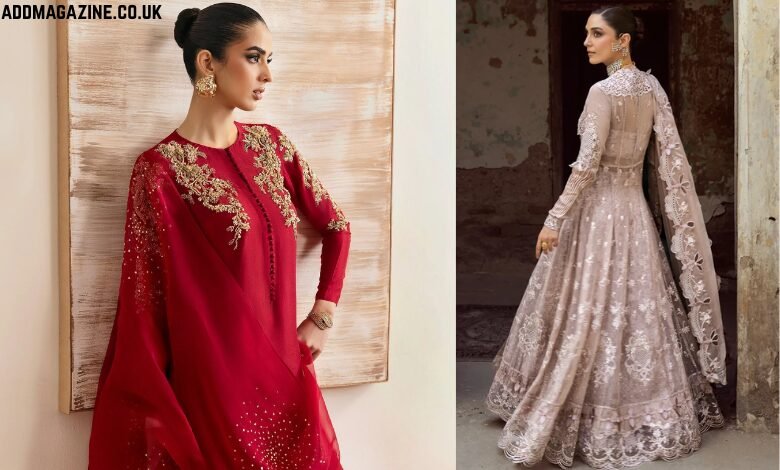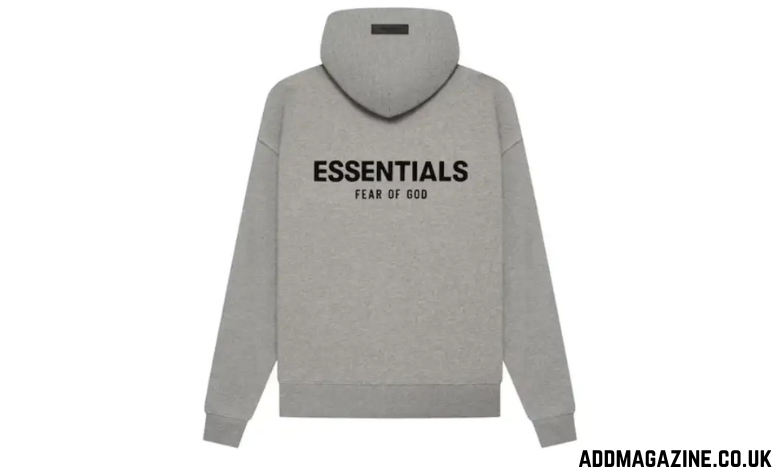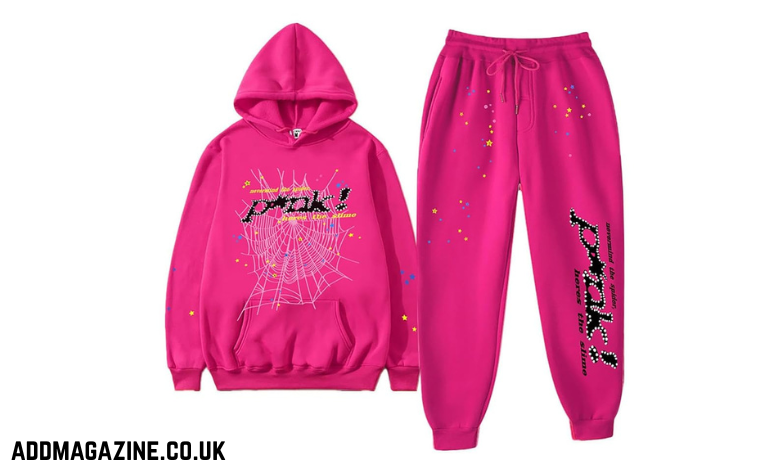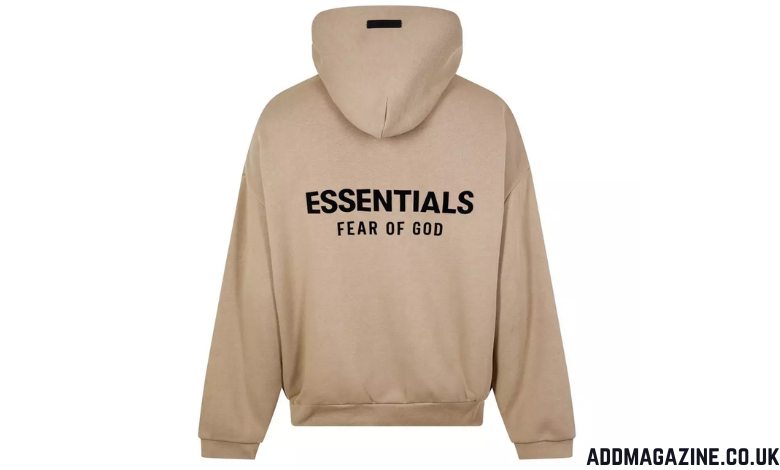In today’s fast-paced fashion industry, trends may come and go in a matter of weeks, but one thing remains timeless — fabric quality. No matter how stylish a design appears, the true mark of good clothing lies in the way it feels, drapes, and endures. From high-end couture to Pakistani clothes UK collections, consumers are becoming increasingly aware of what they wear, looking beyond the brand name to focus on craftsmanship, sustainability, and comfort. Fabric quality plays a crucial role in this shift, shaping not only the aesthetics of an outfit but also its longevity and environmental impact.
1. The Foundation of Every Great Outfit
Fabric is the foundation upon which every piece of clothing is built. Designers can only achieve their creative vision when they start with high-quality materials that respond well to tailoring, dyeing, and embroidery. Poor-quality fabrics can distort the design, lose shape after a few wears, or fade quickly after washing.
On the other hand, premium fabrics maintain their color, texture, and structure for years, ensuring that the garment looks as elegant on the hundredth wear as it did on the first. This is particularly important in formal and designer wear, where intricate embroidery, embellishments, and handwork are common. The strength and weave of the fabric determine how well the embellishments hold up and how comfortable the garment feels when worn.
2. Comfort and Confidence Go Hand in Hand
Good fashion isn’t just about looking good; it’s about feeling good too. High-quality fabrics are softer, more breathable, and designed to move with your body. They enhance comfort, reduce irritation, and allow your skin to breathe — key factors when wearing garments for long periods.
Imagine wearing a beautifully designed dress that feels rough or itchy. No matter how stunning it looks, discomfort can ruin the experience. That’s why top designers invest heavily in sourcing the finest silks, linens, cottons, and blended materials that offer both style and comfort. The right fabric enhances your confidence, helping you carry yourself with ease and grace.
3. Longevity: A Sustainable Fashion Choice
In an era where fast fashion dominates, quality fabrics have become a symbol of sustainability. Cheap, low-grade textiles often wear out quickly, leading to excessive waste as consumers replace their wardrobes more frequently.
High-quality materials, however, extend the life of your clothes, making them a smarter investment and a more sustainable choice. Durability doesn’t only apply to luxury fashion — even everyday wear benefits from fabrics that retain their color, stretch, and texture after multiple washes. By investing in better fabrics, consumers reduce their environmental footprint while building a wardrobe that stands the test of time.
4. The Aesthetic Value of Quality Fabrics
When you touch or see a premium outfit, its superior fabric immediately stands out. The sheen of silk, the crispness of organza, or the flow of chiffon can elevate even the simplest silhouette. Designers understand this deeply — the fabric dictates the fall, drape, and overall structure of the garment.
A perfectly cut dress made from subpar material will never look as refined as one crafted from premium fabric. High-quality materials also enhance how colors appear. Rich dyes penetrate quality fibers more evenly, creating a depth of color that’s both vivid and long-lasting. This visual richness is what sets luxury fashion apart, turning everyday attire into a work of art.
5. Innovation in Modern Fabric Technology
Modern fashion isn’t just about tradition — it’s also about innovation. Advances in fabric technology have led to the creation of materials that combine comfort, durability, and functionality.
Today’s designers have access to wrinkle-resistant, stretchable, moisture-wicking, and eco-friendly fabrics that redefine how we experience clothing. These innovations don’t just serve athletes or outdoor wearers; they’re increasingly being used in everyday and designer fashion. A perfect example is performance silk or sustainable blends that maintain elegance while reducing environmental harm.
As consumer awareness grows, fabric innovation continues to shape the future of style.
6. Cultural Heritage and Fabric Excellence
In South Asian fashion, particularly in Pakistan, fabric has always been a matter of pride and artistry. Traditional handwoven textiles, intricate embroidery, and natural dyeing techniques have been passed down through generations.
This heritage is reflected in the craftsmanship of Qalamqar, a brand known for its attention to fabric detail, traditional motifs, and modern silhouettes that appeal to contemporary women. The blend of cultural heritage with premium materials gives Pakistani designers a unique edge in global fashion. Whether it’s formal wear or luxury pret, the choice of fabric tells a story — one that connects culture, craftsmanship, and creativity.
7. The Global Demand for Quality Fabrics
As fashion becomes increasingly global, consumers from all over the world are showing interest in garments that combine style with substance. The growing popularity of South Asian fashion showcases this demand perfectly.
International audiences are drawn to the superior craftsmanship, intricate detailing, and luxurious fabrics that Pakistani designers offer. The emphasis on fabric quality ensures that these clothes don’t just look beautiful but also feel comfortable and last longer.
This global recognition highlights how quality materials can bridge cultures and redefine luxury fashion beyond borders. The fusion of traditional fabric-making techniques with modern design has given rise to a new wave of elegance that appeals to both eastern and western fashion sensibilities.
8. How to Identify High-Quality Fabrics
For consumers, recognizing fabric quality can make a big difference in making smarter fashion choices.
- Texture and Touch: Premium fabrics feel smooth, consistent, and rich to the touch.
- Color Depth: High-quality materials hold dyes better, offering deep, vibrant hues that don’t fade easily.
- Durability: Strong weaves and high thread counts prevent tearing or pilling.
- Breathability: Quality fabrics allow air circulation, keeping the wearer comfortable.
- Finishing: Seams, embroidery, and embellishments should feel secure and refined, not loose or uneven.
Understanding these aspects helps you make more informed decisions, ensuring that your investment in fashion truly pays off.
9. The True Value of Investing in Quality
At first glance, premium fabrics may seem expensive. However, when you consider longevity, comfort, and the timeless appeal they offer, they become a wise investment.
Rather than purchasing multiple low-cost outfits that lose shape or color, investing in fewer, higher-quality pieces ensures enduring elegance and satisfaction. Moreover, wearing well-crafted garments made from fine fabrics boosts confidence, helping you make a positive impression whether you’re at work, attending a formal event, or simply enjoying a day out.
Conclusion
Fabric quality is the backbone of modern fashion — it defines comfort, longevity, and style. In an age where consumers are becoming more conscious about what they wear, the demand for premium, sustainable, and ethically made clothing continues to rise. Whether it’s a luxurious designer outfit or an everyday staple, investing in high-quality fabrics ensures that fashion remains not just about appearance, but about experience and expression.




